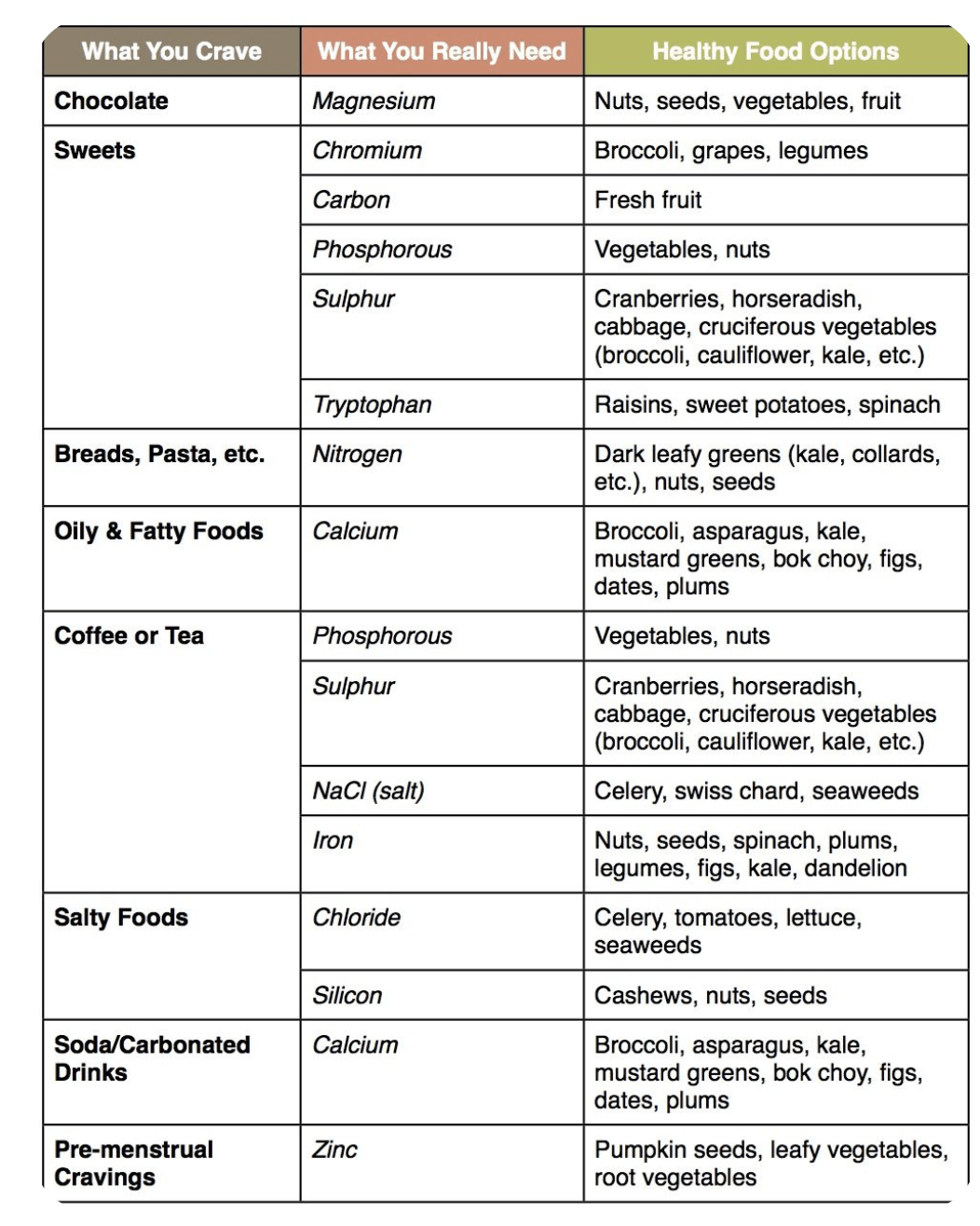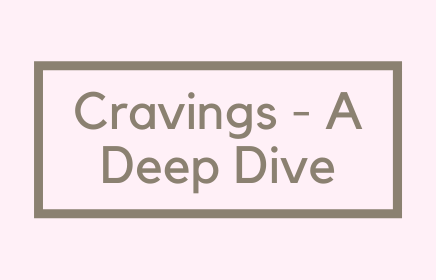With the recent launch of our newest supplement, MELT, I have received dozens of messages this last week from customers and affiliates expressing how much it has helped their cravings. This got me thinking- what is the actual science behind cravings and how can this product help?
Cravings 101
For some people, food can literally be addictive. In the USA, according to the CDC, over 40% of adults are obese, 71% are overweight. 1 in 3 are pre-diabetic or already have diabetes and 630,000 Americans die of heart disease annually- and that number is only increasing. Research has also been able to show the same areas of the brain are triggered when consuming high fat, sugar, and salt foods to be the same triggers of addictive drugs. Foods high in fat, sugar, and salt are rarely found in nature and are almost always man-made and processed. The higher sugar, fat, and salt- the higher the reward (dopamine) triggers in the brain.
The marketing and ads that we are hit with every single day are astonishing- estimated to be 6,000 to 10,000 ads per day- if you are aware of it or not. Have you ever scrolled social media after you are laying in bed, see “food porn”, and suddenly you are craving that food? We are very visual creatures and often don’t crave something until we see it- whether it is an ad, on social, or in the break room at your office.
We often fall into the “cravings pitfall” when we are dieting. When we tell ourselves we CANNOT have something, we automatically visualize that food all day long. Cravings can come from nutrient deficiencies, from the idea that we cannot have it (suppression or denial), or environmental / social factors such as stress and emotions. Study found here.
Deficiencies
Often times when we crave something, it is due to a mineral or vitamin deficiency. Below you will find a list of common cravings, the mineral or vitamin you need, and an alternative food to try to see if it helps!

Fiber is also a huge contributor to controlling cravings as it promotes satiety (the feeling of being full). We often find clients and customers who are low in fiber have lower self-control when it comes to cravings!
Social Factors
We know food can be addictive and we know restrictive diets can cause cravings. We also know that being on a deficit meal plan (eating less than you burn), can sometimes result in an increase in cravings. Luckily, according to this study, a 2020 study of 2 years found that those in a calorie-restrictive diet (never going below BMR), had the strongest cravings during the first few weeks of their deficit diet. The cravings went down after the first few weeks- mainly due to less frequently consuming the foods the dieter was craving. To my point above, we are very visual creatures. We are also creatures of habit. If you stop consuming the foods you crave and stop looking at photos of foods you crave- in theory as proven- your cravings for those foods will decrease significantly.
So- what does this mean in everyday life? It is very easy to fall into the notion that comfort food will make one feel better after a stressful day. But be honest with yourself- has it ever actually MADE you feel better? Because I know it has never made me feel better, especially when I have been on point with my diet all day or all week.
We all have birthdays, life events, weddings, etc to celebrate. Being exposed to foods at events is why I am a huge proponent for macro-based dieting- which allows you to “fit” these types of food into your day WHEN NEEDED. I DO NOT recommend having the foods you crave constantly in your daily life. Why? The more you have what you crave, the more you will need to “get your fix”. I personally don’t get as much enjoyment from donuts if I have them every single day. I also don’t view them as a reward- as I am not a dog! I view donuts as what they are- a high-calorie food that I enjoy having a few times a month. When I go out with friends, have an event, etc- I also make sure I have a protein shake prior to the event to make smarter food decisions. I am not perfect but I do try my best to be in control of my meals and calories.
It is also recommended to take a look at stress levels as elevated cortisol is a trigger for many when it comes to cravings. Sleep deprivation is also a large contributor to “falling off the wagon” when it comes to dieting. I also recommend to all of our clients to not buy the foods they crave. If they are not in the house, it is extremely unlikely you will get in your car, drive to the store, buy the food, and eat it if you are craving something. But having it in the house creates another level of self-control that I myself haven’t mastered on a day to day basis. It takes an incredible amount of self-control to not eat the high salt and high sugar foods- so a simple solution is to simply not buy them!
Melt
If you would like to read up on MELT, each ingredient, and how it plays a role in fat oxidation, mobilization, and metabolic health, please refer to my blog.
Knowing what we know now about cravings, it is obvious there are several ingredients within the MELT formula that are contributing to the lack of cravings! Let’s dive into the direct contributors to craving control:
Magnesium- regulates glucose and insulin levels as well as the neurotransmitter dopamine. From the above discussions, we know that dopamine is released when we “reward” ourselves with our cravings for food. It’s like a literal high on highly addictive foods. To be able to regulate this neurotransmitter is a direct contributor to having a better handle on cravings. Additionally, many of those who crave sugar foods after they have a meal usually have a glucose imbalance. MELT has many ingredients to regulate insulin sensitivity.
Ingredients in MELT that help to maintain healthy glucose levels include Zinc, Chromium, and L-Carnitine L-Tartrate. MELT also has many of the minerals and vitamins listed in the above chart which can contribute to a reduction in cravings in the applicable foods!
In conclusion, we as a society are hit with ads, up to 10,000, a day. Many of them food. Many of them high sugar, salt, and fat food. It is not shocking we crave these foods on a daily basis. Finding out the root cause of our cravings, finding foods that can alleviate them, reducing stress, and using MELT (while in a calorie deficit), may help ultimately control those cravings!












Great! I’m so excited to try my MELT. Love this post
As always, this content is fantastic! Thank you for providing a highly informative platform!
Great article. Cant wait until Melt is restocked!
I have already started sharing my personal tub of MELT With my patients. I have offered my stash of your coffee cake and hot chocolate protein bars in my clinic they help provide examples of the healthier food choices Thanks for sharing this information and for making outstanding products that medical providers can support and encourage others to try teens to elderly people are loving your products
I looove MELT! Yesterday was my first taste test and full day of feeling it’s benefits. It tastes so good and I literally had ZeRO cravings. Usually by 8 pm I am craving something salty or sweet. Not yesterday! I cannot wait to see what other benefits I feel
This is great, thank you! This is a great reminder that my nightly cravings are out of habit, not necessity.